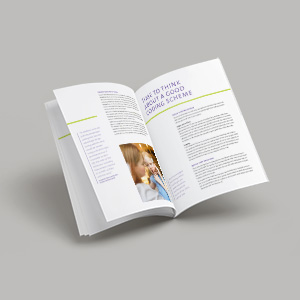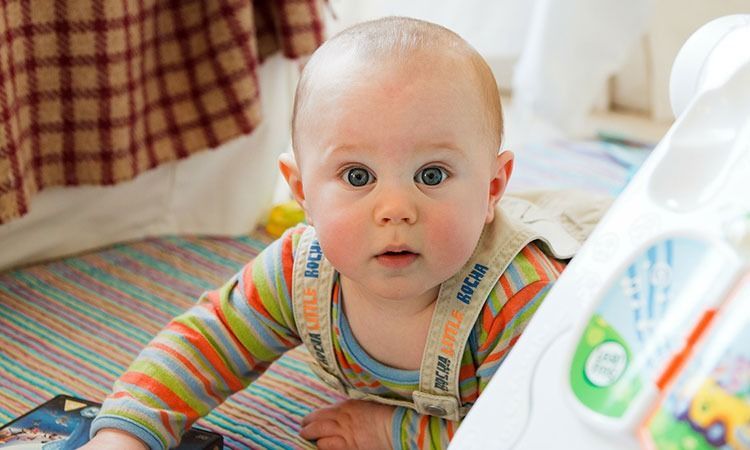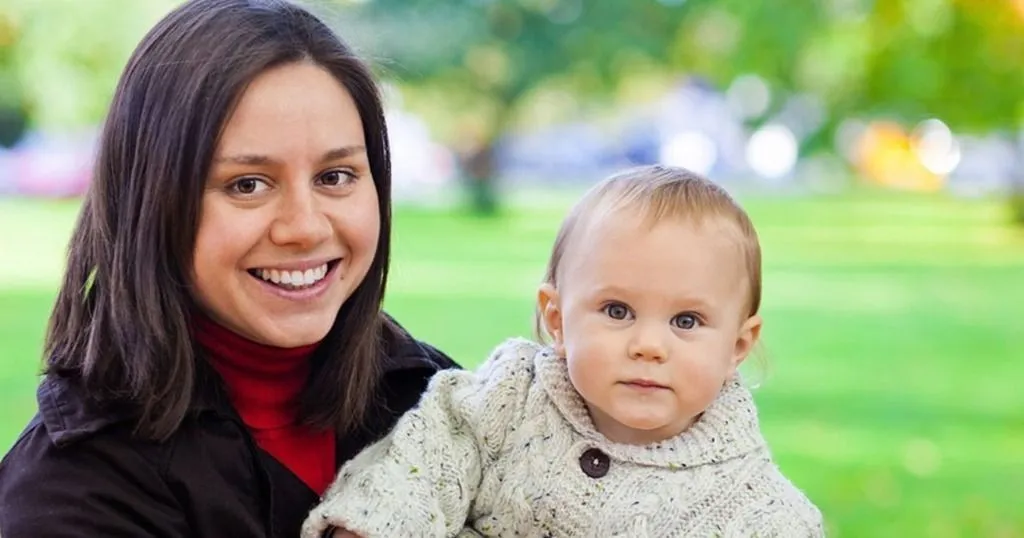Measuring parent-infant behavior from another point of view
Parent-child interaction is an important focus of child development research. Lee’s research team compared recordings of play behavior from both a traditional third-person point of view, and through the babies' eyes.
Posted by
Published on
Tue 23 May. 2017
Topics
| Child Development | Parent-child Interaction | Parent-infant Dyads | The Observer XT | Video Observation | Infants |

Quality of parent-child interaction is one of the major predictors of emotional and social development of children in the first two years of life. Since the consequences of maladaptive parental responsiveness can be so profound, parent-child interaction is an important focus of child development research.
The gold standard for measuring mother-child interactions is to have a researcher observe or film an interaction in a clinical, research, or home setting, and film from the third-person point of view.

Research examples
For example, the Opportunities to Understand Childhood Hurt (O.U.C.H.) Laboratory, run by Dr. Rebecca Pillai Riddell, focuses on understanding how caregivers and children interact within the context of pain. At the Institute of Psychology of the University Paris Descartes in France, the general objective of Emmanuel Devouche’s research is to improve the knowledge about the exchanges of a baby within his or her social environment.
With The Observer XT, researchers noted in detail behaviors such as: expressed vocalizations, gaze directions, time spent smiling, parent talking to the child, emotions demonstrated, and more.
Through babies’ eyes
Another example comes from Lee’s research team at the University of Bristol, United Kingdom. They recruited mothers with infants between 3 and 12 months and compared recordings of play behavior from both a traditional third-person point of view, and a first-person point of view.
First person cameras (1st PC) are small portable cameras worn on headbands by the participant, facing outward to capture the viewpoint of the individual. In this study, both the mother and the child used such cameras simultaneously. Using these cameras offers several advantages:
- It eliminates the need for a researcher to be present, reducing potential influences of the researcher on mother and infant behavior.
- It enables the ability to record the viewpoints of each participant, so different perspectives are captured.
- It reduces the burden of attending or hosting a research visit for the participants.
So far, however, published studies have only analyzed and reported on the viewpoint of one half of the dyad; data from the combined footage, and any interplay between the two, has yet to be reported.

How to avoid social desirable answers
In this study, the researchers explored and evaluated the gains and limits of using 1st PCs. They expected that when the mothers and infants were left alone, it would be more likely that negative behaviors would occur, compared to when a researcher is present. A greater frequency of less socially desirable maternal behaviors was also predicted.
By recording the same interactions with 3rd PCs as well, the researchers explored whether the recordings of the different cameras corresponded. High concordance would mean that the majority of the same information is picked up by both viewpoints, and interpreted the same way by coders. Low concordance, however, could indicate that one of the recording methods picks up unique information.
Capture behavior on video
The babies were placed on a play mat and mothers were asked to play with their baby as they would normally do. Mothers and infants were filmed by a researcher, and both wore 1st PCs. After instructions, the researchers left the 1st PCs with the mothers for an average of 1 week. The mothers were asked to record at least three 30-min sessions at home.

The observations were coded with The Observer XT to categorize each maternal behavior. These categories included: comforting, engagement, encouragement, positive affect, monitoring, routine care, distracted, critical, mismatched affect, persistent ineffective, and intrusive. The infant’s affect (happy, neutral, or distressed) was coded separately.
The results of the study
The 15 mother-infant dyads recorded 1-5 meal time or free play sessions. Analysis showed that the 1st PCs videos resulted in similar overall coding on a relatively simple mother-infant coding system to that recorded from the 3rd PC. This demonstrates that 1st PCs capture a situation reliably. Some elements, however, such as gaze direction or posture, were missed by the 1st PCs due to the camera position.
As predicted, once the researcher was not present, the videos contained less sensitive maternal behavior, such as intrusive or distracted maternal behavior.
The researchers found several advantages of using a 1st PC. They were better able to capture subtle facial expressions and vocalizations, since the camera is much closer to the face. The viewpoints offered by 1st PCs are unique and possibly more naturalistic, as the visual angle is that of the first person. Another advantage is that the cost associated with researcher’s time can be reduced.
See the world from another point of view
Many evaluations of parenting interventions involve filming mothers during free-play sessions, in the presence of a researcher, while using a 3rd PC. However, there is a possibility that mothers ‘perform’ the behaviors desired by researchers, resulting in potential bias. Using 1st PCs, researchers can help reduce this bias through removing the researcher’s physical presence, and increasing duration of recordings, which is key to an accurate evaluation.
1st PCs can benefit researchers interested in understanding aspects of the environment that infants and mothers focus on, particularly if the study involves facial expression analysis.
Another possible application is facilitating video feedback interventions. For example, 1st PCs could be used to improve maternal sensitivity in adolescent mothers, to aid mothers with schizophrenia, and mothers with poor attachment styles. With this type of camera, researchers see the mother as her baby does: from the baby’s point of view.

Reference
Lee, R.; Skinner, A.; Bornstein M.H.; Radford, A.N.; Campbell, A.; Graham, K.; Pearson, R.M. (2017). Through babies’ eyes: Practical and theoretical considerations of using wearable technology to measure parent-infant behaviour from the mothers’ and infants’ view points. Infant Behavior and Development, 47, 62-71.
Related Posts

Adolescent Motherhood – observing mother-infant behavior

Research examples of developmental psychology
